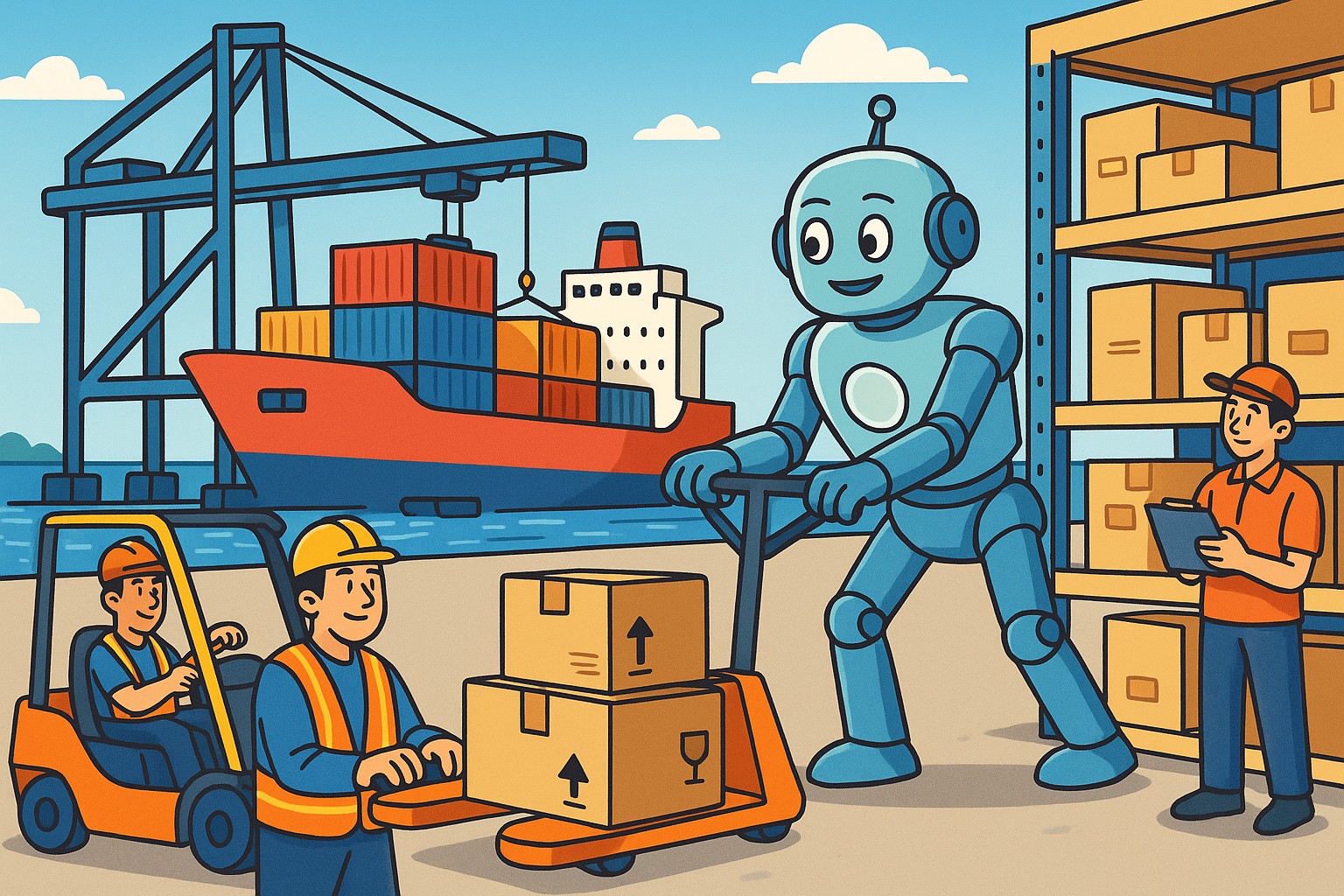
The World Trade Report 2025: Making Trade and AI Work Together to the Benefit of All, published by the World Trade Organization (WTO), explores one of the most pressing questions of our time: how artificial intelligence (AI) is reshaping international trade and whether it can serve as a driver of inclusive growth. The report highlights both the transformative potential of AI and the risks of deepening global divides if access remains unequal.
AI as a Catalyst for Trade and Growth
The WTO underlines that AI has vast potential to lower trade costs, boost productivity, and expand access to global markets. WTO simulations suggest that by 2040, the use of AI could increase global trade by up to 37 percent, with digitally deliverable services – including AI-enabled services – growing by over 40 percent. Beyond efficiency gains, AI tools already support firms in reducing language barriers, streamlining customs procedures, and navigating complex trade regulations.
Risks of a Widening Digital Divide
Despite this potential, the report warns that AI adoption remains highly uneven. High-income economies and large firms are far ahead in deploying AI, while small businesses and developing economies face barriers ranging from inadequate digital infrastructure to restrictive trade policies. If left unaddressed, AI could entrench existing inequalities, reinforce capital-intensive production advantages, and reduce opportunities for labour-intensive economies.
Policy Choices Matter
The WTO emphasizes that the impact of AI on inclusive growth depends heavily on domestic and international policy frameworks.
- At the domestic level, trade openness must be complemented by investment in digital infrastructure, education, competition policy, and renewable energy.
- At the international level, deeper cooperation is needed to prevent regulatory fragmentation and to ensure that AI-related goods, services, and data can flow across borders.
The newly introduced AI Trade Policy Openness Index (AI-TPOI) reveals significant disparities in how economies regulate AI-related trade. High-income economies generally maintain more advanced frameworks, while low-income economies remain at the early stages of policy development.
The Role of the WTO
The report identifies the WTO as a key platform to make AI more inclusive by:
- Supporting market access for AI-enabling goods and services.
- Enhancing transparency and regulatory coherence through WTO committees and initiatives.
- Expanding Aid for Trade programmes to build digital and AI capacity in developing economies.
The WTO is already advancing initiatives such as the Digital Trade for Africa programme and the Women Exporters in the Digital Economy Fund (WEIDE), which support broader participation in digital trade and AI-related opportunities.
A Strategic Moment
The World Trade Report 2025 frames the AI revolution as a strategic choice: economies can either seize this moment to foster inclusive growth or risk exacerbating divides. The WTO calls for deliberate action – from closing digital gaps to aligning international trade policies – to ensure that AI becomes a force for convergence rather than divergence.
As Director-General Ngozi Okonjo-Iweala states in the report, the future of AI in trade “will depend on the choices we make today.” With the right frameworks, trade can be the bridge that ensures AI works for all.
Summary by DigitalTrade4.EU
